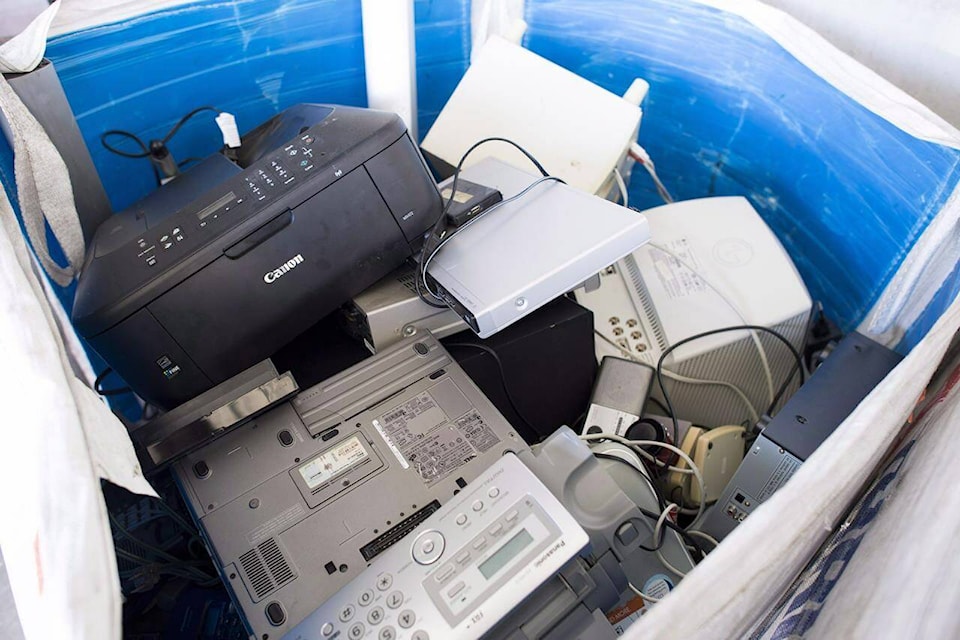Nearly 13,000 metric tons of e-waste were diverted from provincial landfills in 2023, equivalent to 2.3 kilograms per person in B.C.
“We’re talking about any used electronics that have reached the end of life,” explained Craig Wisehart, executive director at the Electronic Products Recycling Association (EPRA) and Return-it.
He pointed out that there is a marked difference between what’s reusable and what should be recycled.
“If your laptop still works but you have a new one the best thing to do is give it to your kids or donate it to a charity. When it’s dead and gone that’s what we call e-waste, and that’s what our program is all about recycling that.”
E-waste is less of a problem in B.C. compared to other parts of Canada and the U.S., where there is no dedicated recycling program, and end-of-life devices usually end up in landfills.
“Which can be problematic,” Wisehart added. “There’s lead in there, LED screens are backlight with mercury bulbs, cadmium in batteries, things that you don’t want leaching into the environment.”
The EPRA has more than 300 Return-it sites across B.C. that accept e-waste.
“You take your material there and we consolidate that and ship it to recyclers who break it down and get the iron, steel, aluminum and copper,” Wisehart explained. “We also make sure we collect the mercury and lead and all the other substances of concern and have that dealt with by approved processors.”
As technology has improved, and consumer devices have gotten smaller and less bulky, potentially dangerous substances are less of a concern, Wisehart added.
“There’s still small amounts of some of that in new electronics. There’s also much less volume so even if it were going to the landfill, which it’s not, it would be a smaller amount of weight because the devices are so much smaller.”
Wisehart said the EPRA’s core purpose is to recycle older electronics to keep them out of landfills.
“In 2012-2013, I would say 60 per cent of our volume, by weight, was TVs and displays with the old leaded glass. That’s maybe 30 per cent of our volume now.”
More information about how to properly dispose of e-waste and find Return-it locations can be found on the EPRA website.

